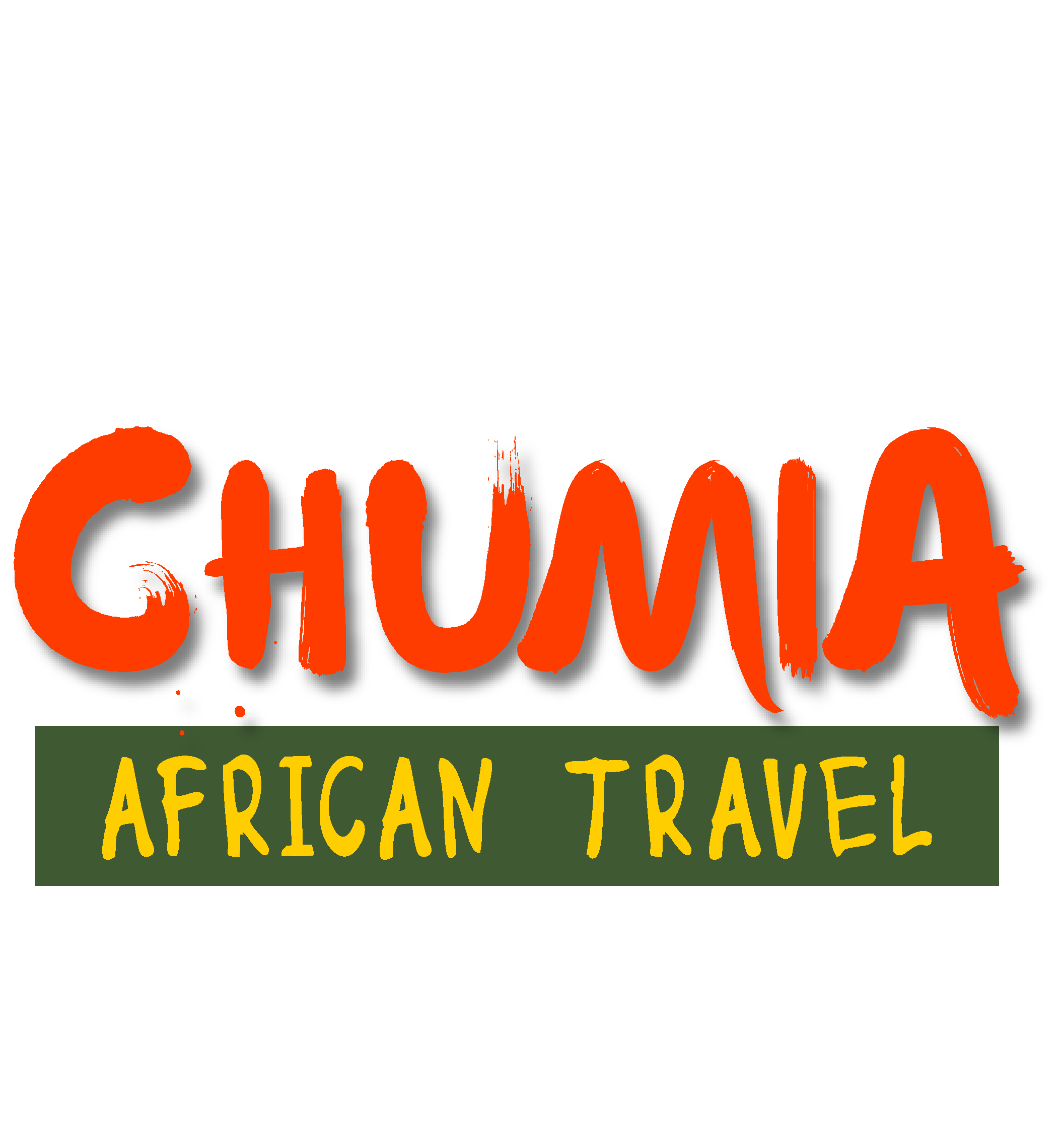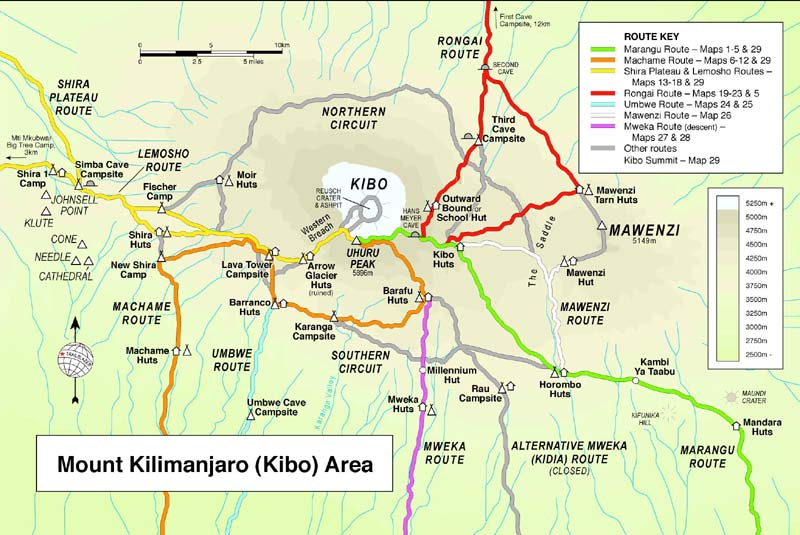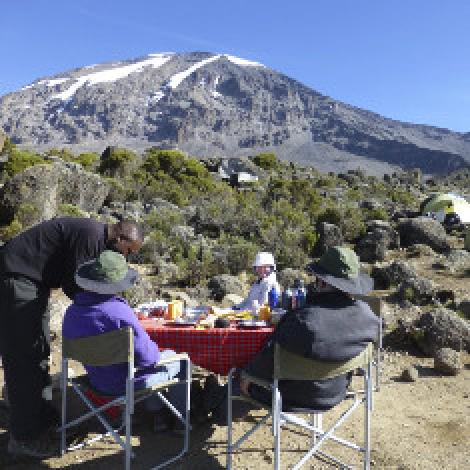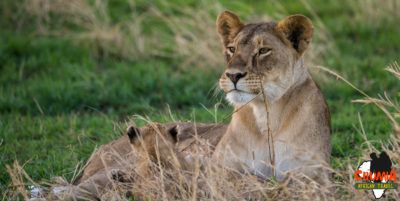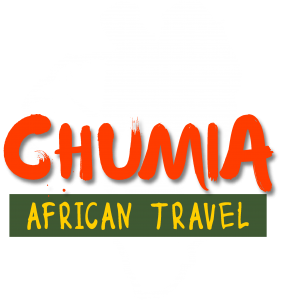Best Time To Climb
Kilimanjaro’s trekking best seasons
The main trekking seasons on Kilimanjaro correspond with the mountain’s two dry seasons (an imprecise term, the weather being occasionally inclement during these periods too) namely January to mid-March and June to October. Of course you can trek up Kilimanjaro in the rainy season but not only is there a much higher chance of trekking in the rain, the summits of Kibo and Mawenzi are likely to be wreathed in thick cloud too. Indeed, several agencies even suspend their operations in November and December, deciding that any trek up Kilimanjaro is foolhardy at this time and the rewards for the trekkers considerably less. Curiously, however, Christmas and New Year, when the weather is far from perfect, are actually the most popular times for climbing Kilimanjaro.
Which is the best season on Kilimanjaro?
The January-to-March trekking season on Kilimanjaro
As to the relative merits of the two trekking seasons, the differences are small though significant. The January to March season tends to be (slightly) colder and there is a much greater chance of snow on the path at this time. The days, however, are often clearer, with only the occasional brief shower. It is usually an exceptionally beautiful time to climb and is often a little quieter than the other peak season of June to October, which coincides with the main academic holidays in Europe and the West. In this latter season the clouds tend to hang around the tree-line following the heavy rains of March to May. Once above this altitude, however, the skies are blue and brilliant and the chance of precipitation minimal (though still present).
The June-to-October trekking season on Kilimanjaro
Although the June to October season tends to be busier, this is not necessarily a disadvantage. For example, if you are travelling independently to Tanzania but wish, for the sake of companionship or simply to cut down on costs, to join up with other travellers for your Kilimanjaro trek, then the high visitor numbers in the June-October peak season will give you the best chance of doing this.
While if you do crave solitude when you walk, it can still be found on the mountain during this peak season. The trails are long, so you can always find vast gaps between trekkers to allow you to walk in peace; some of the routes – Rongai, for example, or the two trails across the Shira Plateau – almost never have more than one or two trekking groups on them at any one time, and are often completely deserted.
And besides, Kilimanjaro is just so huge that its presence will dwarf your fellow trekkers to the point where they become, if you wish them to be, quite unnoticeable.
Climbing Kilimanjaro is the best experience ever. When to climb? For many climbers this question is almost irrelevant as they will have to fit their climb into whatever dates they can clear from their busy work or family schedules, though for perhaps the majority, this is probably the first question prospective climbers should ask themselves
Due to Mount Kilimanjaro’s proximity to the equator, this region does not experience the extremes of winter and summer weather, but rather dry and wet seasons. Therefore, the best time to climb Kilimanjaro tends to be the warmest and driest months The primary issue is safety, as the risks associated with climbing increase significantly when the weather is foul. The effects of rain, mud, snow, ice and cold can be very strenuous on the body. Correspondingly, your chances of a successful summit also increases significantly with nice weather. Of course, the mountain gets more foot traffic during these periods as well.
The table below lists the relative temperature, precipitation, cloudiness and crowds during the calendar months.
| Month | Temperature | Precipitation | Cloudiness | Crowds |
| January | Warm | Medium | Low | High |
| February | Warm | Medium | Low | High |
| March | Moderate | High | Medium | Low |
| April | Moderate | High | High | Low |
| May | Moderate | High | High | Low |
| June | Cold | Medium | Medium | Medium |
| July | Cold | Medium | Low | High |
| August | Cold | Low | Low | High |
| September | Moderate | Low | Low | High |
| October | Moderate | Low | Medium | Medium |
| November | Moderate | High | Medium | Low |
| December | Moderate | Medium | Medium | Medium |
Recommended |
| Good |
| OK |
| Not Recommended |
It is possible to climb Kilimanjaro year round, however it is best to climb when there is a lower possibility of precipitation. The dry seasons are from the beginning of December through the beginning of March, and then from late June through the end of October. These are considered to be the best times to climb in terms of weather, and correspondingly are the busiest months (high season).
From January through mid-March are the warmest months, with clear skies in the mornings and evenings. During the day, clouds may appear along with brief showers. The long rainy season spans from the end of March to early June. We do not recommend climbing during this time unless you are an experienced backpacker who has trekked in similar conditions It can be very wet, and visibility may be low due to heavy clouds. The crowds are gone, however. From mid June to the end of October, the mountain is generally a bit colder, but also drier. The short rainy season spans from the beginning of November to the beginning of December. Afternoon rains are common, but skies are clear in mornings and evenings.
Note that the rains are unpredictable and may come early or extend beyond their typical time frames. It is possible to experience mostly dry weather conditions during the rainy season, just as it is possible to have heavy rain during the dry season.
Mountain trekking Trail Conditions
The trails on Mount Kilimanjaro are well marked and maintained. Technical skills are not required on our routes. There are only a couple spots where scrambling (climbing on hands and feet) is required, such as the Barranco Wall, the Western Breach approach (now closed) and optional Lava Tower climb. The path to and from Uhuru Point is on scree, which can be especially tiring and slippery.
Bad weather conditions can complicate matters. Climbers should be prepared to trek through all types of weather, such as fog, rain, snow, and all types of earth, whether loose, dusty, muddy, wet, snowy or icy.
There are “long drop” public toilets at every campsite. Essentially, they are wooden structures built around a deep hole dug into the ground. There are no commodes in the public toilets. You relieve yourself in a hole cut into the bottom of the shack in a standing or squatting position. Given the crowds on Kilimanjaro, these public toilets see a lot of use and therefore can get rather dirty.
Private toilets are included on all of our climbs. Private toilets consist of a plastic toilet and a privacy tent.
There are no shower facilities on the mountain.
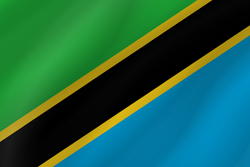 +255 756 010 739 +33 6 24 82 09 36
+255 756 010 739 +33 6 24 82 09 36
